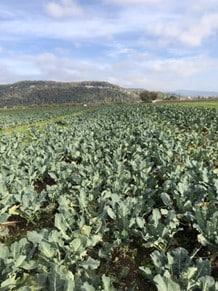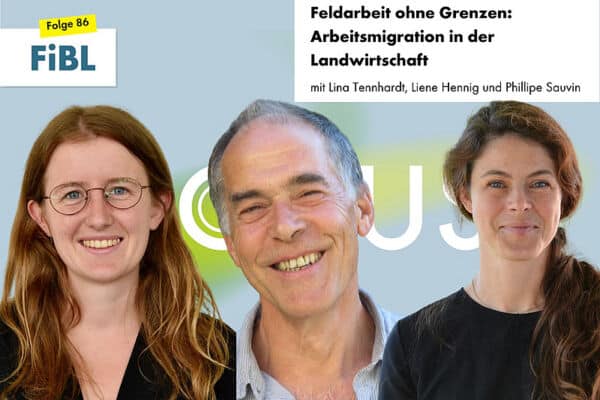Location: European Union
Lead partner: FIBL
Involved partners:
farmers, international organisations (ILO, FAO), European interest groups (ELO, COPA-COGECA, EFFAT), European policy organisations (CAP, DG AGRI, members of European Parliament).
The case study
Labour is a central input in agriculture and labour availability influences farming decisions and thus the way in which farmers can run their farms. For example, in areas with labour shortages, there can be a trend towards increased mechanisation, land abandonment, or excessive use of technical solutions, such as application of agrochemicals.
The demographic and structural changes in European agricultural landscapes have implications for migrant labour requirements. Additionally, changes in farm management such as a reduction in crop variety, wider use of agrochemicals and intensive fertilisation, and structural uniformity, decrease habitat quality and thus have a negative effect on biodiversity.
So far, very little is known about the relationship between labour availability and biodiversity conservation in agricultural landscapes, and even less on the relationship between migrant labour and biodiversity conservation.
The study will investigate how migrant labour influences farming systems in host and home countries, specifically regarding biodiversity-friendly practices on farms and within landscapes.
Specifically, we aim to provide answers to the following questions in host and home countries:
- how (migrant) labour availability influences farmers’ decision-making;
- how labour migration influences farms and agricultural landscapes regarding biodiversity;
- how vulnerable biodiversity is, on farms and in agricultural landscapes, to changes in labour and migration policy.
Expected impacts
Institutional/Policy level
The case study contributes to the agriculture-migration nexus, a research field highlighting the great complexity in the relationship between labour availability, human migration, and sustainable agricultural development. This provides stakeholders and policymakers across the EU with an evidence base and recommended strategies on how to reconcile ecological ambitions in the agricultural sector and demographic changes within the EU.
Biodiversity
Biodiversity in agricultural landscapes can be increased on farms, by reducing agrochemical use and fertilisation, and increasing crop and structural diversity (e.g. different species and sizes of plants), as well as within landscapes, by reducing field size and increasing crop diversity and landscape complexity.
By recent reviews, labour availability can be an important factor for the adoption of green farming practices. For example, establishing agroforestry systems in Europe can increase crop and structural diversity on farms, however farmers perceive that it demands more and complex labour.
With the decline in both biodiversity and available labour, comprehending the interconnections between (migrant) labour and biodiversity conservation will enable policy makers to aid farmers in tackling these dual challenges.
Intersectionality dimensions
Ethnic background, gender, and social class in home countries are investigated.
Working approach
Within this case study the System Dynamic process is used:
- Problem definition: Literature review, expert interviews for scoping / hearing
- Problem characterisation and explanation: static mapping of interconnections between (migrant) labour shortage and biodiversity conservation, showing direction and roughly the strength of impacts
- Model building: Qualitative causal loop diagram, static mapping, showing direction and roughly the strength of impacts
- Model verification: Evaluation of direction in qualitative causal loop diagram in specific sites, systems analysis to identify policy levers
- Finding policy options to generate change (confirmation, with experts from scoping phase)

When eating strawberries, asparagus, and most vegetables, there is a good chance it was harvested by migrant labour (Photo credits: FiBL)
Publications and links
Lsiten to the FiBL Podcast with the experts of the topic

